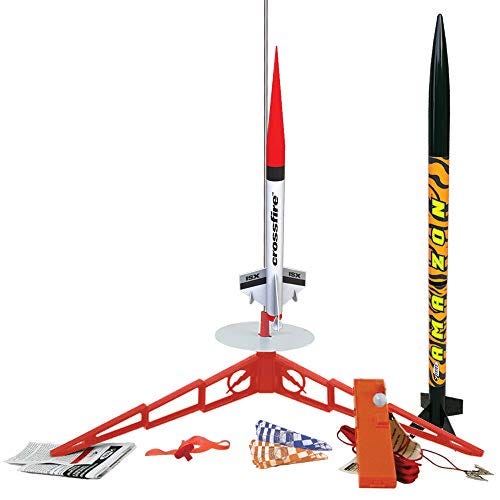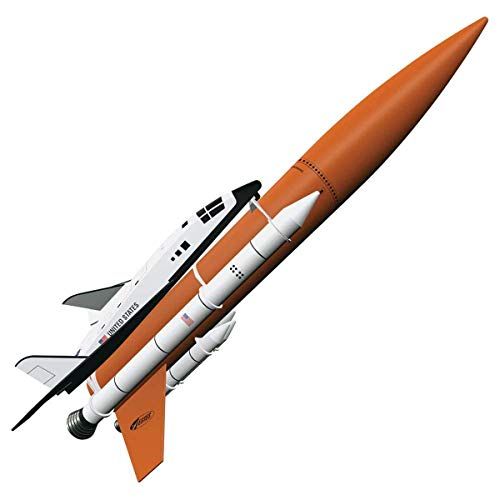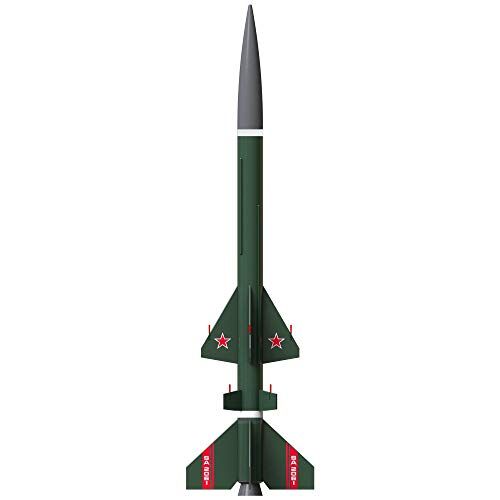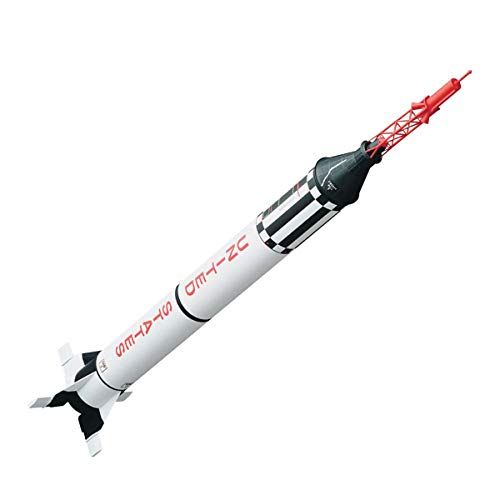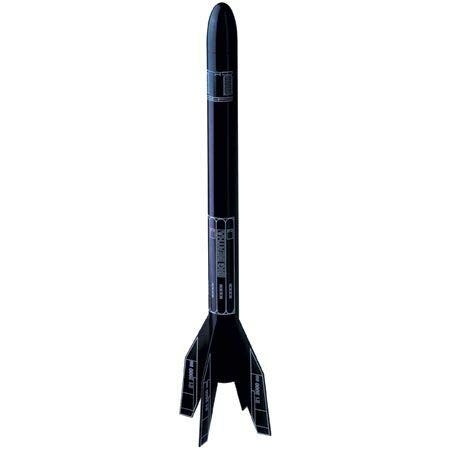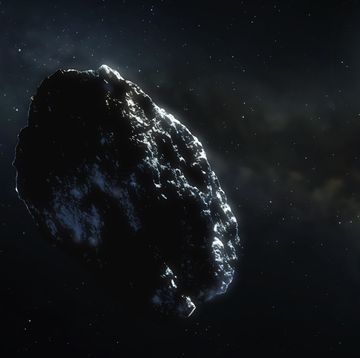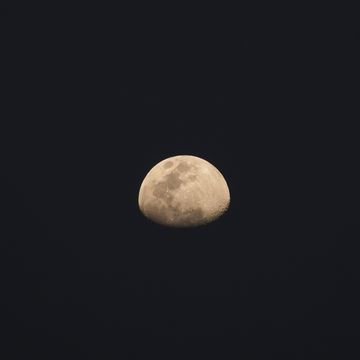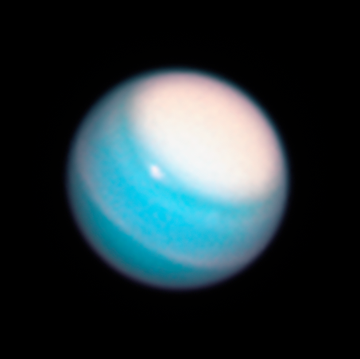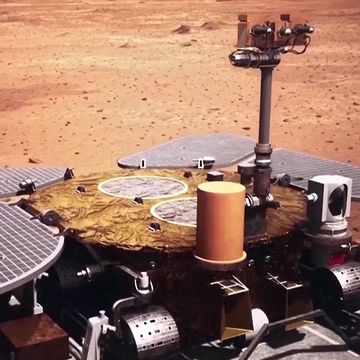- Researchers have announced the discovery of molecular water on the moon's sunlit surface.
- In 2009, NASA scientists announced the discovery of water ice tucked along permanently shadowed craters near the lunar poles.
- NASA and other space agencies are planning a return to the lunar surface in the coming years.
This is an updating story. We'll continue to add more information as it comes.
No, the moon isn't haunted. Sorry, there aren't any aliens up there. And luckily, it isn't going to suddenly crash into Earth, like that bogus Election Day asteroid. When NASA announced last week that it would share an "exciting new discovery about the moon" today, it spurred lots of fun speculation, but now we know the truth. And it's arguably just as exciting as what some of those theories predicted.
Scientists have revealed that they've discovered traces of molecular water on the sunlit surface of the moon. The discovery could forever change our relationship with our closest cosmic neighbor. “This is exciting because the expectation is that any water present on the sunlit surface of the moon might not survive the lunar day,” Paul Hertz, the Astrophysics division director at NASA Headquarters, said in a press conference Monday. Because the moon does not have an atmosphere, any water on its sunlit surface was thought to be lost to space.
🌌You love our badass universe. So do we. Let's explore it together.
"[I]f we find a large concentration of water on the sunlit moon, we may be able to extract it and use it as a resource for exploration," Casey Honniball, a Postdoctoral Program Fellow at NASA's Goddard Space Flight Center, tells Popular Mechanics via email.
Since a NASA instrument aboard India's Chandrayaan lunar orbiter discovered water ice in the permanently shadowed polar craters of the moon in 2009, scientists, engineers, and space policy wonks have furiously drafted plans to utilize the resource on future missions. Lunar water could be used to quench the thirst of parched astronauts. It could also be broken down to make breathable oxygen, or into propellant that could be used to launch rockets out across the solar system. There's still a lot that researchers must learn about these water deposits.
Honniball and her colleagues used NASA's Stratospheric Observatory for Infrared Astronomy (SOFIA) airborne telescope to make the observations. The flying laboratory, a modified Boeing 747P, is equipped with a 9-foot reflecting telescope that surveys the stars in infrared. Earth's atmosphere has a blurring effect on observations made by ground-based telescopes. By soaring to an altitude of up to 44,000 feet, SOFIA can cut through the blur to deliver sharper images of the cosmos.
🚀Our Favorite LEGO Rocket Kits
The scientists scanned Clavius crater, the second largest visible crater on the near side of the moon, for deposits of molecular water, according to their paper, which was published today in the journal Nature Astronomy. The crater lies at a high latitude in the moon's southern hemisphere. It was the perfect spot to look for water, Honniball says.
Ultimately, the team found traces of water—an amount roughly the equivalent of a 12-ounce glass of water for every cubic meter of regolith—trapped in small glass beads in the lunar soil. Researchers believe that water molecules could have hitched a ride on comets and may have become trapped inside the glass beads as those comets struck the moon's surface. Lunar water may also form as solar wind, which carries hydrogen ions, reacts with oxygen atoms on the lunar surface.
The findings could also shed light on "past and current processes occurring on the moon," Honniball, the paper's lead author, explains. For example, learning more about where the water came from, as well as how it moves and is stored on the surface, could bolster our understanding of how physical processes work on the nearby world. It could also reveal secrets about the evolution of the sun, our solar system and the relationship between
Honnibal says more observations of the lunar surface are needed—especially at different times of the lunar day. These findings, she says, represent "a snapshot of the lunar water cycle." Additional SOFIA flights are planned to study different parts of the moon at different times—including during different lunar phases. Right now, there are more questions than answers.
Luckily, NASA plans to send its Volatiles Investigating Polar Exploration Rover (VIPER) to the lunar surface in 2022. The rover is designed to explore craters in the shadowed regions of the moon's south pole and not any of its sunlit regions, however. And space agencies around the world are racing to send astronauts back to the moon. NASA's highly publicized Artemis mission aims to return boots to the lunar surface by 2024. China's space agency, meanwhile, plans to establish a permanent settlement on the moon by the 2030s.
"We know that there's water at the moon, but we don't know exactly how accessible that lunar water is for our future explorers," Jacob Bleacher, the chief exploration scientist for the Human Exploration and Operations Mission Directorate at NASA Headquarters, said during the press conference. "Knowing where we can find water is a good first step, but we need to know more about the water to understand if and how we can use it for both science and exploration."
Jennifer Leman is a science journalist and senior features editor at Popular Mechanics, Runner's World, and Bicycling. A graduate of the Science Communication Program at UC Santa Cruz, her work has appeared in The Atlantic, Scientific American, Science News and Nature. Her favorite stories illuminate Earth's many wonders and hazards.



